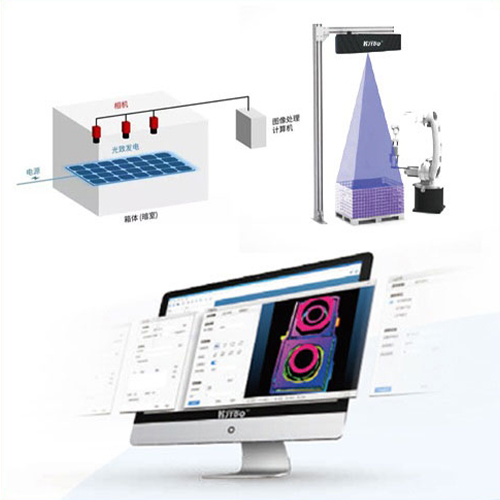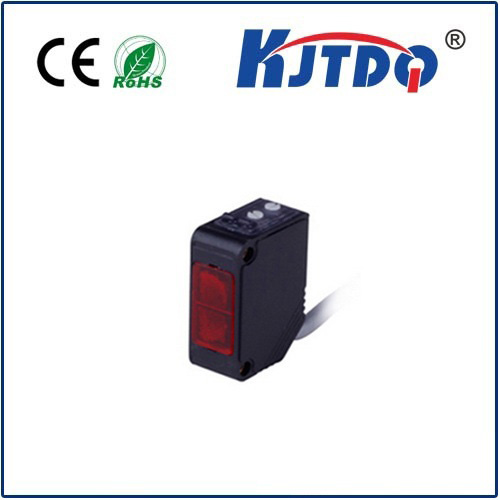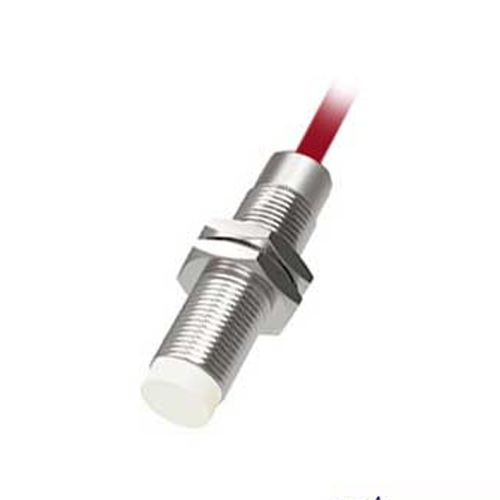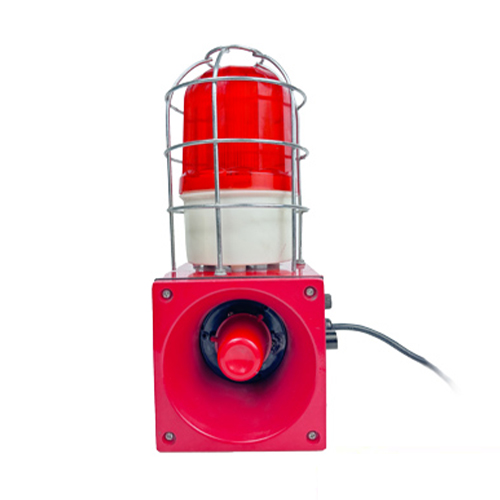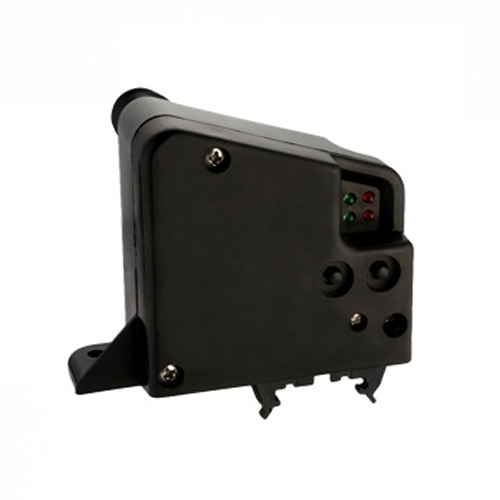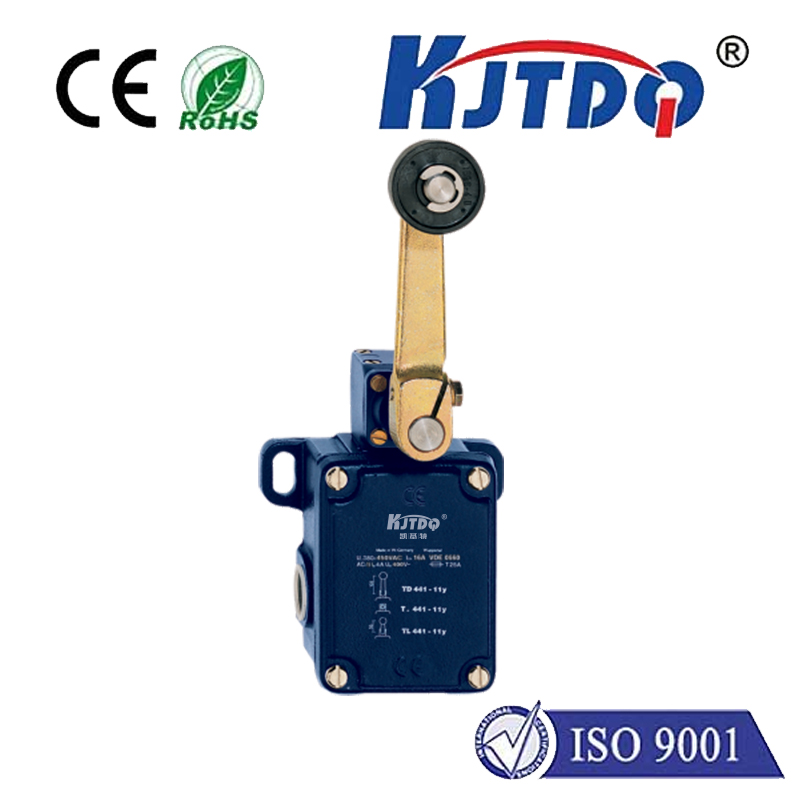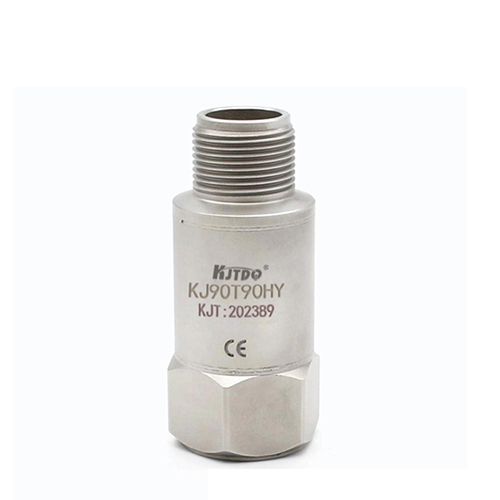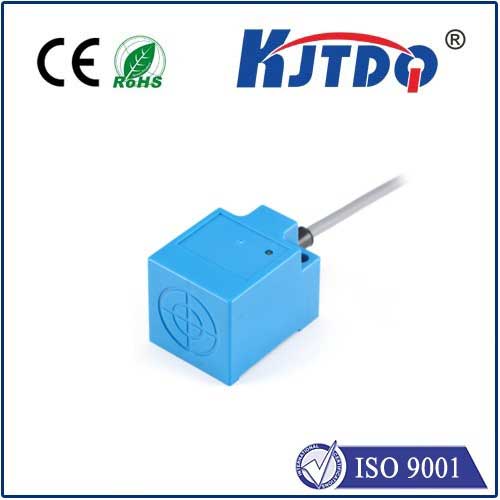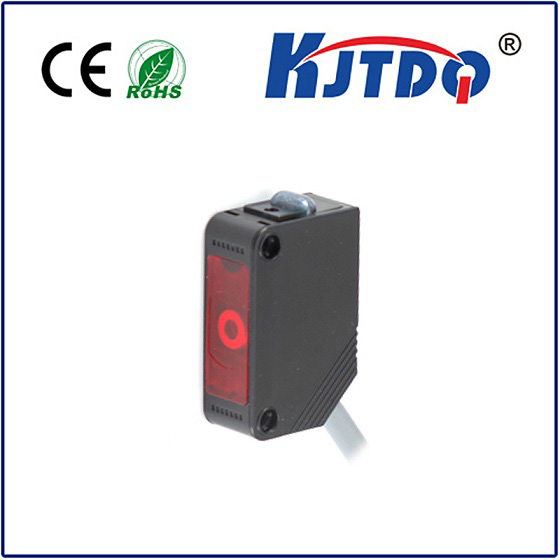BES03R9 proximity sensor
- time:2025-10-14 05:17:16
- Click:0
Precision Detection Redefined: Exploring the BES03R9 Inductive Proximity Sensor
In the demanding world of industrial automation, where milliseconds matter and precision is non-negotiable, the reliability of sensor technology becomes paramount. Position detection, object counting, and end-position verification are fundamental tasks, often performed in harsh environments filled with dust, vibration, moisture, and electromagnetic interference. This is where robust and dependable components like the BES03R9 inductive proximity sensor step into the spotlight, offering a critical solution for detecting metallic objects without physical contact. Understanding its capabilities and integration is key to unlocking smoother, more efficient, and maintenance-free operations.
The BES03R9 belongs to a mature and widely trusted family of inductive proximity sensors. Its core operating principle relies on generating a high-frequency electromagnetic field from its sensing face. When a ferrous (iron-based) or non-ferrous (like aluminum or copper) metal target enters this field, eddy currents are induced within the metal. These currents cause a measurable change in the sensor’s internal oscillator circuit, triggering a solid-state switching output. This non-contact detection method eliminates mechanical wear, drastically enhancing longevity compared to mechanical switches.

Delving into the specific capabilities of the BES03R9 model, several key technical characteristics define its performance envelope and suitability for applications:
- Sensing Range: Typically, the BES03R9 offers a nominal sensing distance (Sn) of 2mm for standard targets. This is calibrated using a square iron target (Fe 360) measuring 1mm thick with sides equal to the sensor’s face diameter or 3x Sn, whichever is larger. It’s crucial to note that actual sensing distances can vary depending on the target material’s properties (size, shape, conductivity, permeability). Ferrous metals generally yield the specified range, while non-ferrous metals like brass or aluminum typically result in a reduced sensing distance.
- Housing & Form Factor: The designation “BES03” strongly suggests an industry-standard M12 cylindrical threaded housing. This compact, robust form factor (approximately 12mm diameter body, 50-60mm length variants are common) allows for easy installation in tight spaces using a simple locknut. The “R9” suffix often indicates an unshielded (flush-mountable) design. This means the sensor’s electromagnetic field extends to the sides as well as the front, allowing it to be mounted flush in a metal bracket without performance degradation, offering greater installation flexibility and protection.
- Electrical Output: While variations exist, a BES03R9 frequently features a 3-wire DC configuration, most commonly with a PNP (sourcing) Normally Open (NO) solid-state switching output. This means the output transistor switches the positive supply voltage to the load when a target is detected within range. This configuration is widely compatible with modern PLCs and control systems. Its switching capability typically handles currents up to 200 mA, sufficient for directly controlling small solenoids, relays, or PLC inputs. It’s vital to verify the exact output type (PNP NO, NPN NC, etc.) required for your specific application.
- Environmental Resilience: Engineered for challenging industrial settings, the BES03R9 boasts a high level of ingress protection, typically rated IP67 or equivalent (“Ingress Protection” 6 = dust-tight, 7 = protected against temporary immersion in water up to 1m depth for 30 minutes). It also features impressive operating temperature ranges, often spanning -25°C to +70°C (-13°F to +158°F), ensuring reliable function in freezer warehouses or near heat-generating machinery.
- Connection: The sensor typically terminates in a pre-wired cable (various standard lengths available) or features an integral M12 connector (commonly 4-pin), offering plug-and-play convenience and secure connectivity. Cable versions require proper glanding for strain relief and maintaining the IP rating.
Where Does the BES03R9 Shine? Its robust inductive sensing principle makes it a versatile workhorse across numerous sectors:
- Assembly Lines: Precisely verifying the presence or absence of components, tools, or pallets at critical stations. Confirming robot end-effector positions.
- Metalworking & Machining: Detecting metal parts on conveyors or feeders. Monitoring spindle position or tool changes on CNC machines. Confirming clamp positions in presses.
- Packaging Machinery: Counting cans, bottles, or metal lids. Verifying the position of filling heads, capping units, or labeling arms.
- Material Handling: Monitoring the position of lifts, slides, and grippers. Detecting metal parts on sorting lines or shuttle systems.
- Automotive Manufacturing: Ensuring correct part positioning in fixtures. Detecting pistons, shafts, or engine blocks during assembly processes. Monitoring robotic welding arm positions.
The operational advantages of choosing a sensor like the BES03R9 are significant:
- Exceptional Reliability: No moving parts subject to wear. Solid-state electronics offer long service life and millions of switching cycles.
- High Switching Speeds: Capable of detecting objects moving at high speeds, often with response frequencies in the hundreds of Hz range – crucial for fast-moving production lines.
- Resilience in Harsh Conditions: Its IP67 rating and robust housing make it resistant to dirt, dust, splashing coolants, oils, and mild chemicals common in manufacturing environments. Vibration resistance is another key asset.
- Immunity to Ambient Factors: Unlike optical sensors, inductive sensors like the BES03R9 are largely unaffected by ambient light, dust (as long as it’s non-metallic), steam, or dirty lenses.
- Simple Installation & Adjustment: The M12 threaded housing with unshielded (R9) design allows for straightforward mounting flush in metal brackets, simplifying integration and protecting the sensor body. Short-circuit and reverse polarity protection are often standard features, safeguarding against wiring errors.
For optimal performance from your BES03R9, consider these practical installation and operation tips:
- Ensure Adequate Clearance: While flush-mountable, the sensor face should be unobstructed within its sensing range. Maintain sufficient clearance behind the sensor if mounting through thick metal.
- Choose the Correct Target: Use the specified standard target material and dimensions for verifying nominal sensing ranges. For non-standard targets, conduct real-world testing to determine the actual reliable sensing distance. Ensure the target approaches the sensor face perpendicularly for maximum range.
- Mind Electrical Specifications: Strictly adhere to the rated voltage and current limits. Ensure correct wiring based on the sensor’s specific output configuration (PNP/NPN, NO/NC). Use appropriate surge protection in environments prone to voltage spikes.
- Secure Mounting: Tighten the mounting locknut firmly to prevent loosening due to vibration, which could alter the sensing position. Ensure the sensor body is securely held.
- Environmental Considerations: While robust, avoid direct high-pressure water jets unless specified with a higher IP rating. Be mindful of extremely high temperatures beyond the specified range and strong magnetic fields that could potentially interfere with operation.
The BES03R9 inductive proximity sensor represents a cornerstone of modern industrial sensing. Its blend of robust M12 construction, unshielded flush-mount capability, dependable inductive sensing technology, and resilience against harsh industrial factors makes it an indispensable tool for engineers seeking reliable, maintenance-free position and presence detection of metal objects. Its performance characteristics directly translate into enhanced machine uptime, improved process reliability, and ultimately, greater productivity on the factory floor. When precision and durability in metallic object detection are essential, the BES03R9 stands as a proven and






